Optimal Timing for Paver Sealings
Proper timing for paver sealings ensures optimal results and longevity. The best time depends on climate, weather conditions, and the type of pavers. Typically, sealing is recommended during periods of stable, dry weather with temperatures between 50°F and 85°F. Avoid sealing during heavy rain, extreme cold, or heat to prevent issues like improper curing or surface damage.
Spring and fall are generally the best seasons for paver sealings due to moderate temperatures and lower humidity levels.
Sealing should be avoided during rainy, freezing, or excessively hot periods to prevent surface imperfections and curing problems.
Most paver surfaces should be resealed every 2-3 years to maintain appearance and protection.
Regions with high humidity or frequent rainfall may require more frequent sealing to protect pavers effectively.
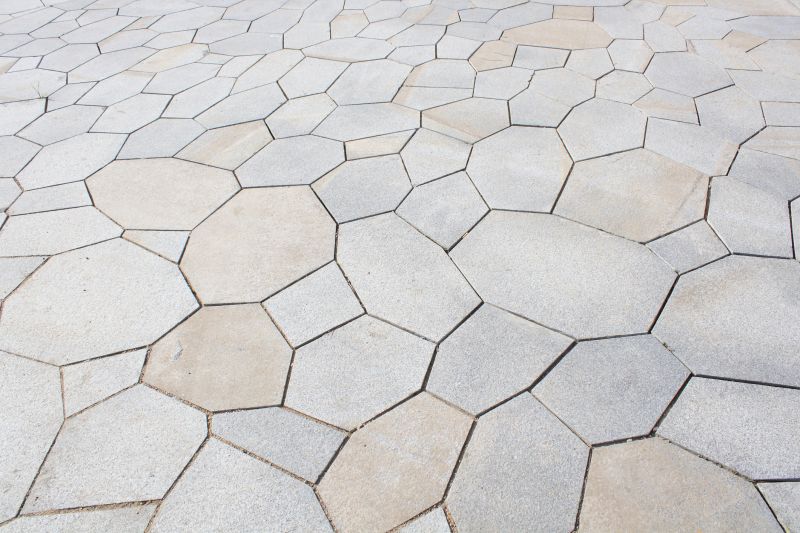
Ways to make Paver Sealings work in tight or awkward layouts.

Popular materials for Paver Sealings and why they hold up over time.
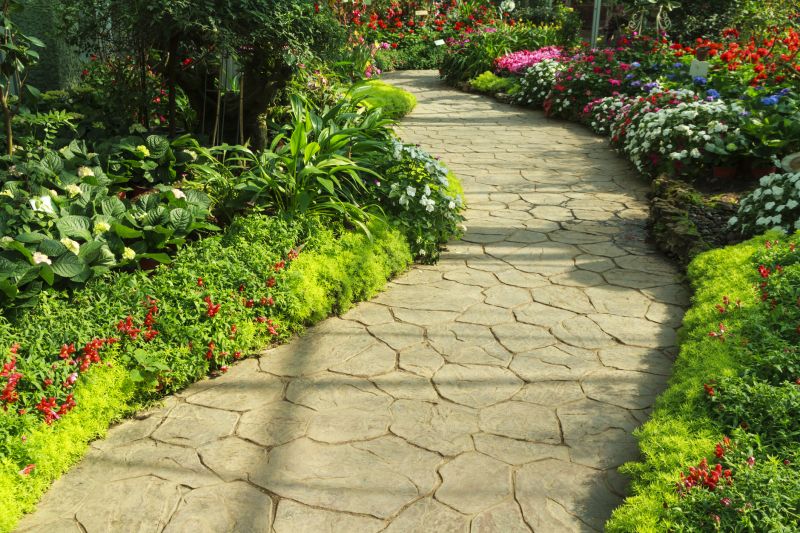
Simple add-ons that improve Paver Sealings without blowing the budget.
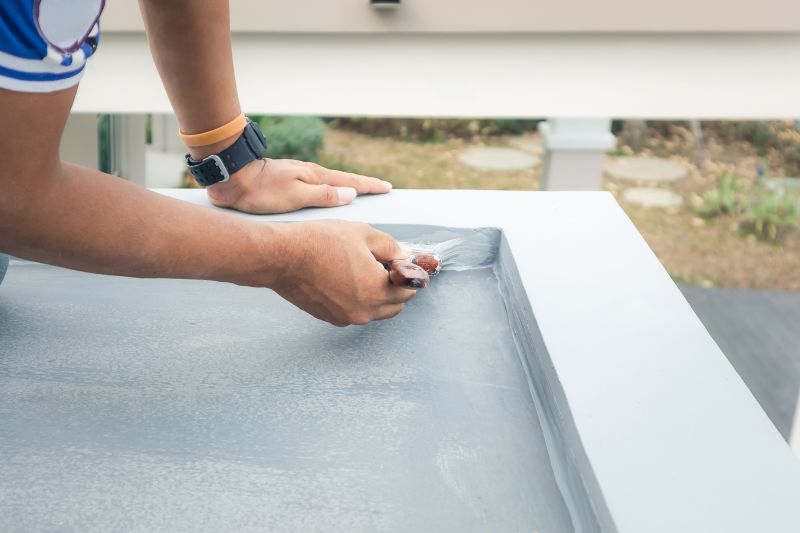
High-end options that actually feel worth it for Paver Sealings.
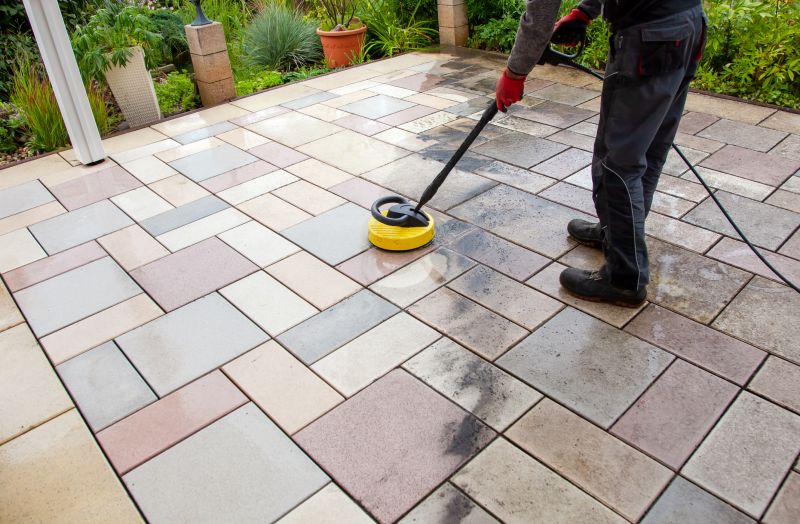
Finishes and colors that play nicely with Paver Sealings.
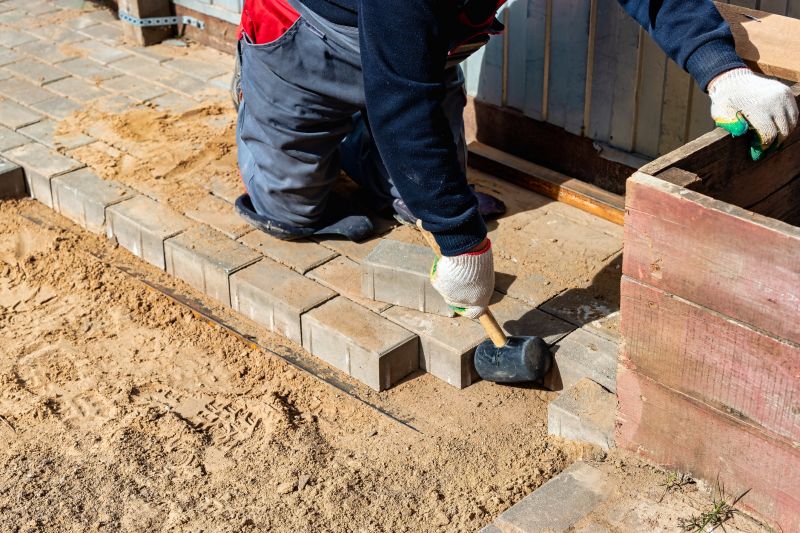
Little measurements that prevent headaches on Paver Sealings day.
| Season | Best Conditions |
|---|---|
| Spring | Moderate temperatures, low humidity, dry days |
| Fall | Cooler temperatures, dry weather |
| Summer | Hot and dry days, early morning or late evening |
| Winter | Not recommended during freezing temperatures |
Paver sealings serve as a protective layer that enhances durability, prevents staining, and maintains the visual appeal of paved surfaces. Proper sealing can extend the lifespan of pavers by shielding them from moisture, dirt, and UV damage. Statistics show that regular sealing can significantly reduce surface deterioration, saving costs on repairs and replacements over time.
Choosing the right time for sealing depends on local climate and weather patterns. Ensuring the surface is clean and dry before application is crucial for adhesion and effectiveness. Sealers typically need 24-48 hours to cure fully, emphasizing the importance of selecting a period with consistent dry weather.
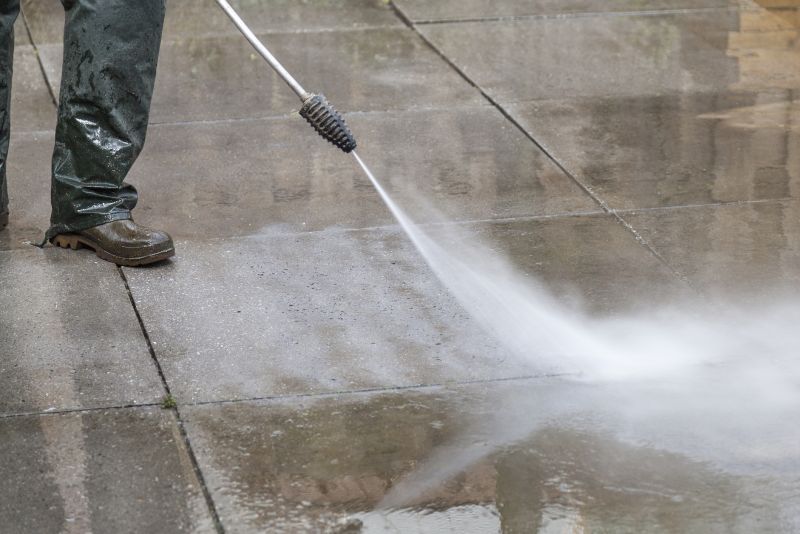
A 60-second routine that keeps Paver Sealings looking new.
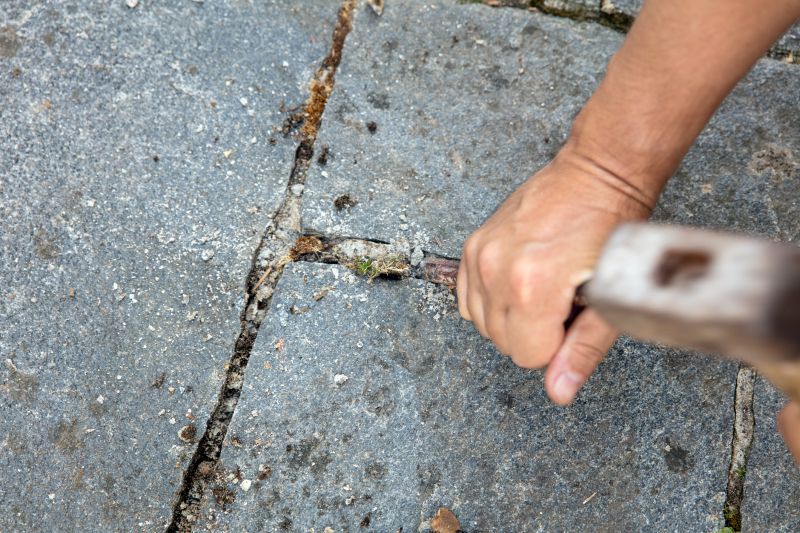
A frequent mistake in Paver Sealings and how to dodge it.
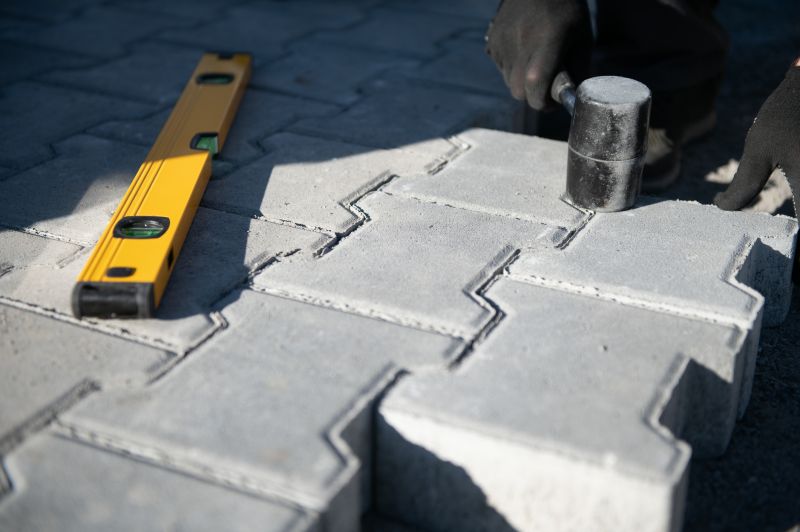
Small tweaks to make Paver Sealings safer and easier to use.
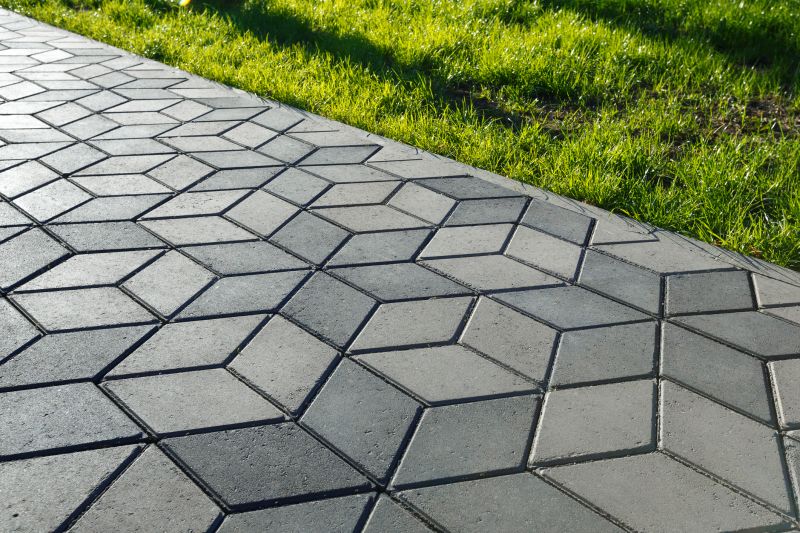
Lower-waste or water-saving choices for Paver Sealings.

The short, realistic tool list for quality Paver Sealings.
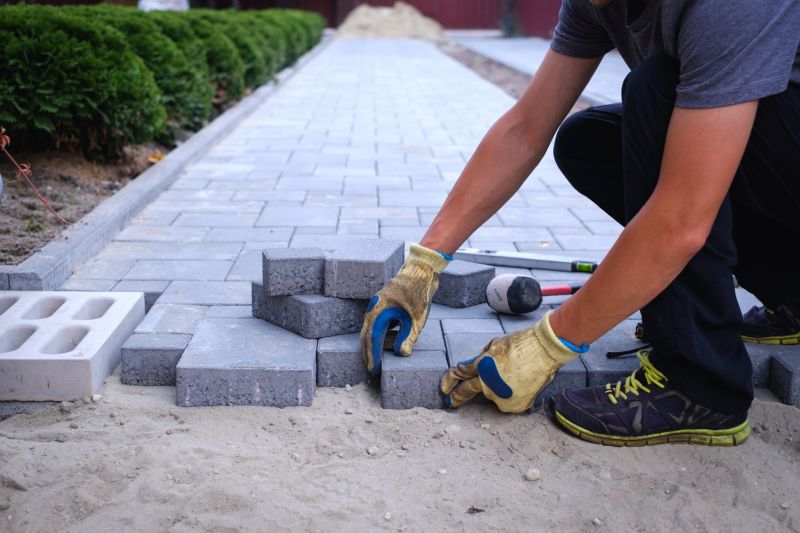
Rough timing from prep to clean-up for Paver Sealings.
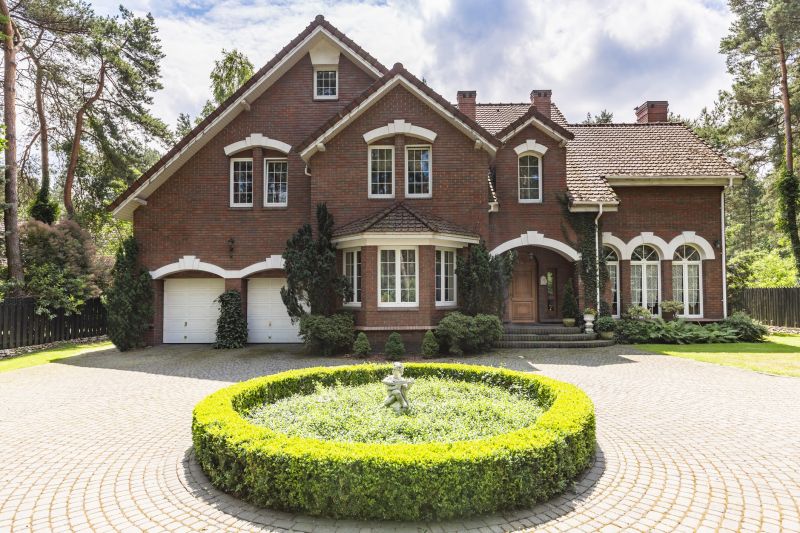
Quick checks and paperwork to keep after Paver Sealings.

Examples that show the impact a good Paver Sealings can make.
Interested parties are encouraged to contact for further information on scheduling paver sealings. Proper timing and preparation are key to achieving the best results and extending the lifespan of paved surfaces.



